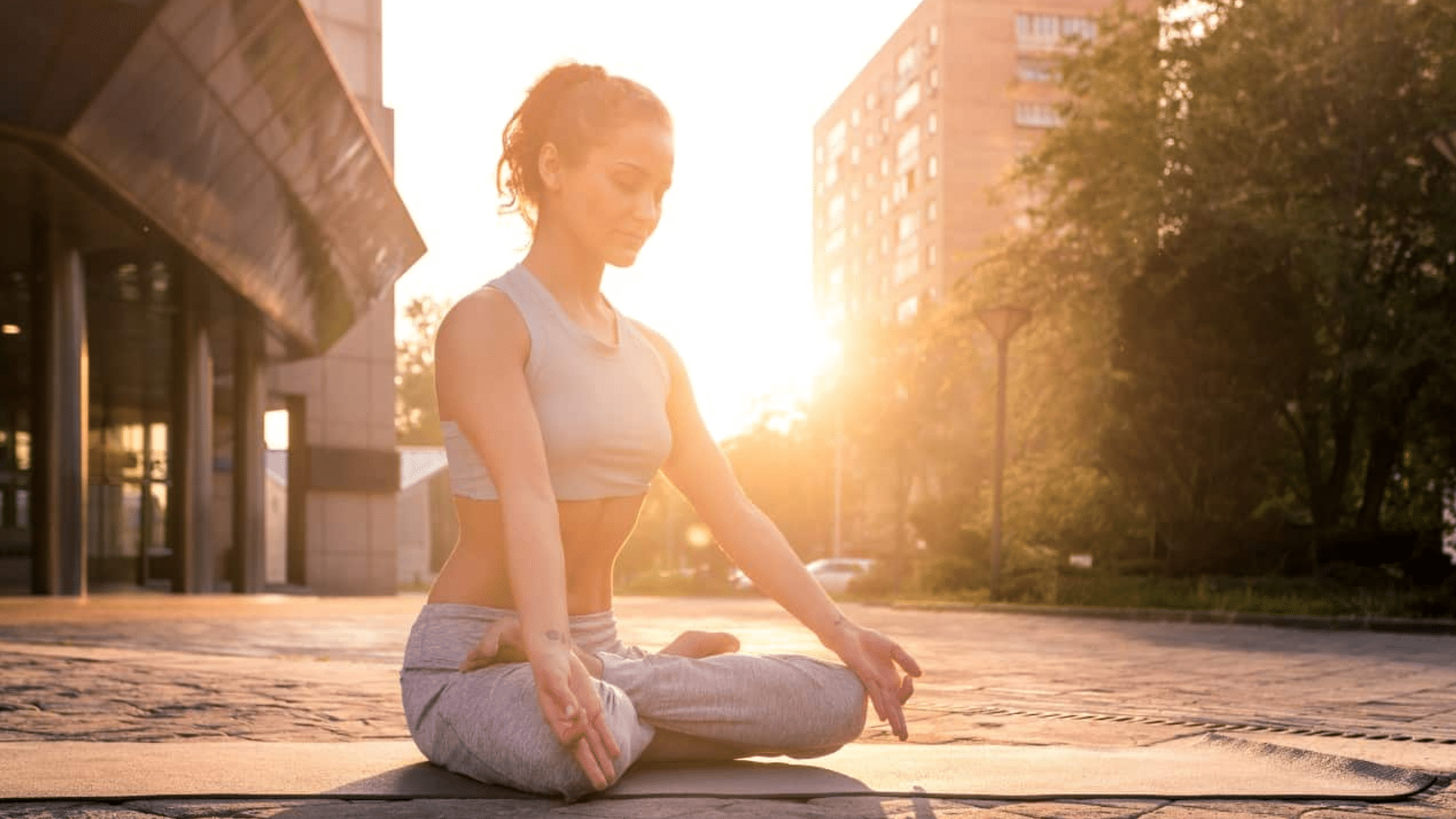Have you ever thought why millions of people around the world turn to yoga for more than just physical fitness? Yoga is more than just stretches and poses; it’s a time-tested practice with deep cultural and spiritual roots.
Originally developed in ancient India, Yoga was designed to bring balance to the body, mind, and spirit.
Today, it continues to offer valuable tools for both personal well-being and emotional clarity. I’ll share with you the origins of Yoga, how it has become, and the many ways it can support your health, both physically and spiritually.
What is the Meaning of Yoga?
Yoga means “to unite” in Sanskrit, reflecting its purpose of creating harmony between body, mind, and spirit. While modern Yoga often focuses on physical fitness, its roots lie in ancient practices aimed at personal growth and spiritual clarity.
Through postures (asanas), breathing techniques (pranayama), and meditation, Yoga helps you connect with yourself on a deeper level. Its goal is self-realization and inner peace.
Beyond flexibility and strength, Yoga supports emotional healing, reduces stress, and improves focus. Practicing regularly can help shift negative thought patterns, boost self-esteem, and bring balance to everyday life.
If you seek physical wellness or spiritual depth, Yoga offers a path toward a calmer, more centered life. It’s a practical tool for lifelong well-being.
The Historical Roots of Yoga
Yoga originated over 5,000 years ago in ancient India, with the term first appearing in the Vedas, the oldest sacred texts of Hinduism. Early practices emphasized meditation, breath control, and ethical living, closely tied to Vedic rituals.
Between 800 and 400 BCE, the Upanishads deepened yoga’s spiritual focus through introspection and self-realization. Around 200 BCE, Patanjali codified the Eight Limbs of Yoga in the Yoga Sutras, outlining ethical principles, postures, breathwork, and meditation.
During the Classical period, texts such as the Bhagavad Gita introduced the concepts of Jnana, Bhakti, and Karma yoga. In the Post-Classical era, Hatha Yoga emerged, emphasizing physical postures to support meditation.
By the 20th century, yoga had spread globally through pioneers such as Swami Vivekananda and B.K.S. Iyengar, adapting to different cultural needs and becoming a holistic wellness tool.
Types and Styles of Yoga
Yoga has developed into many styles, each offering unique benefits and emphasis. Here are some of the most widely practiced forms:
1. Hatha Yoga
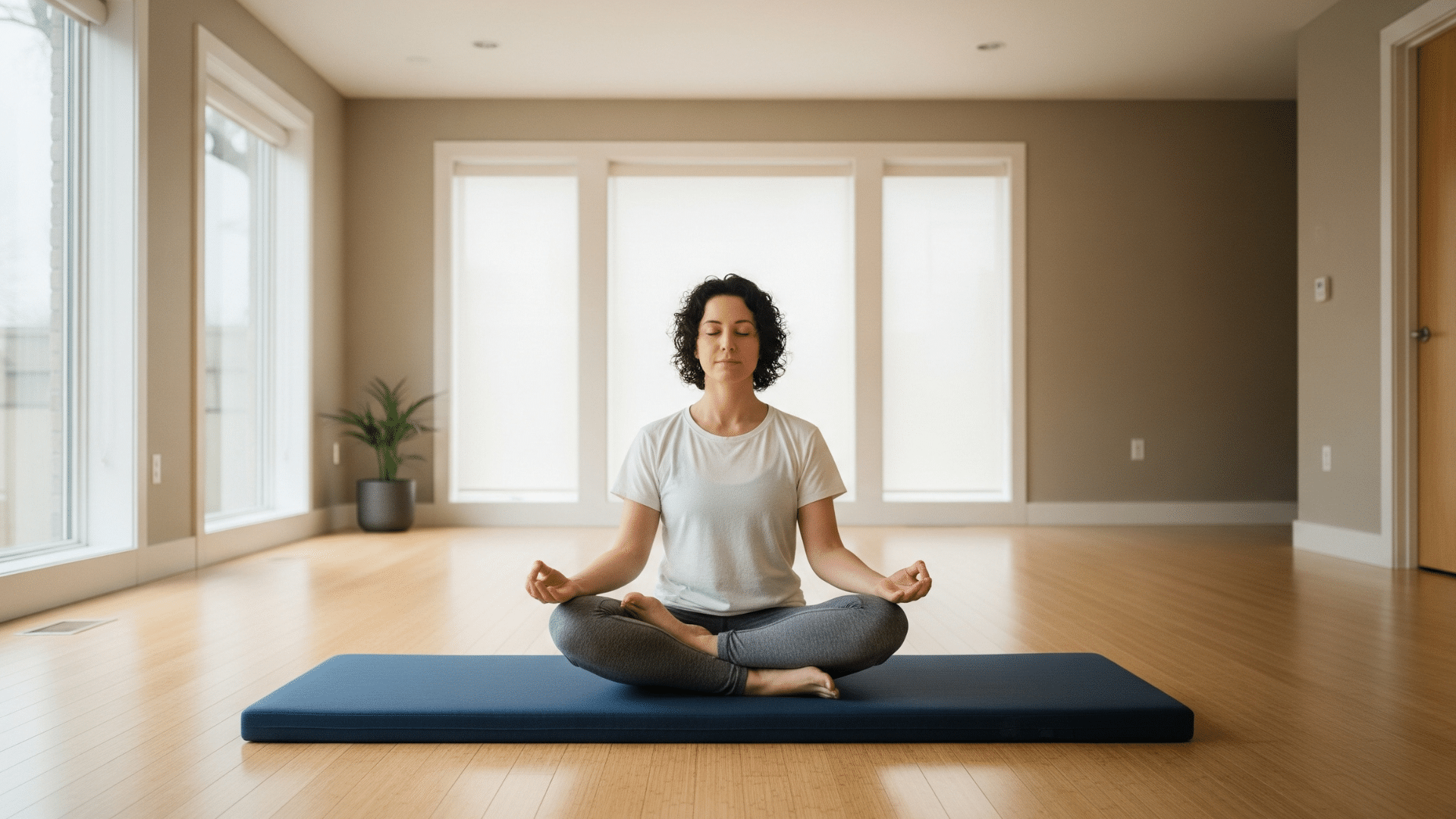

This is often considered a foundational form. It focuses on basic postures and breathing exercises, making it ideal for beginners. Hatha aims to create balance between body and mind through gentle, slow-paced movements.
2. Vinyasa Yoga


Known for its flow, Vinyasa links breath with movement. Poses transition smoothly from one to another, creating a rhythm that can feel almost like a dance. It’s physically demanding and great for building endurance and coordination.
3. Ashtanga Yoga
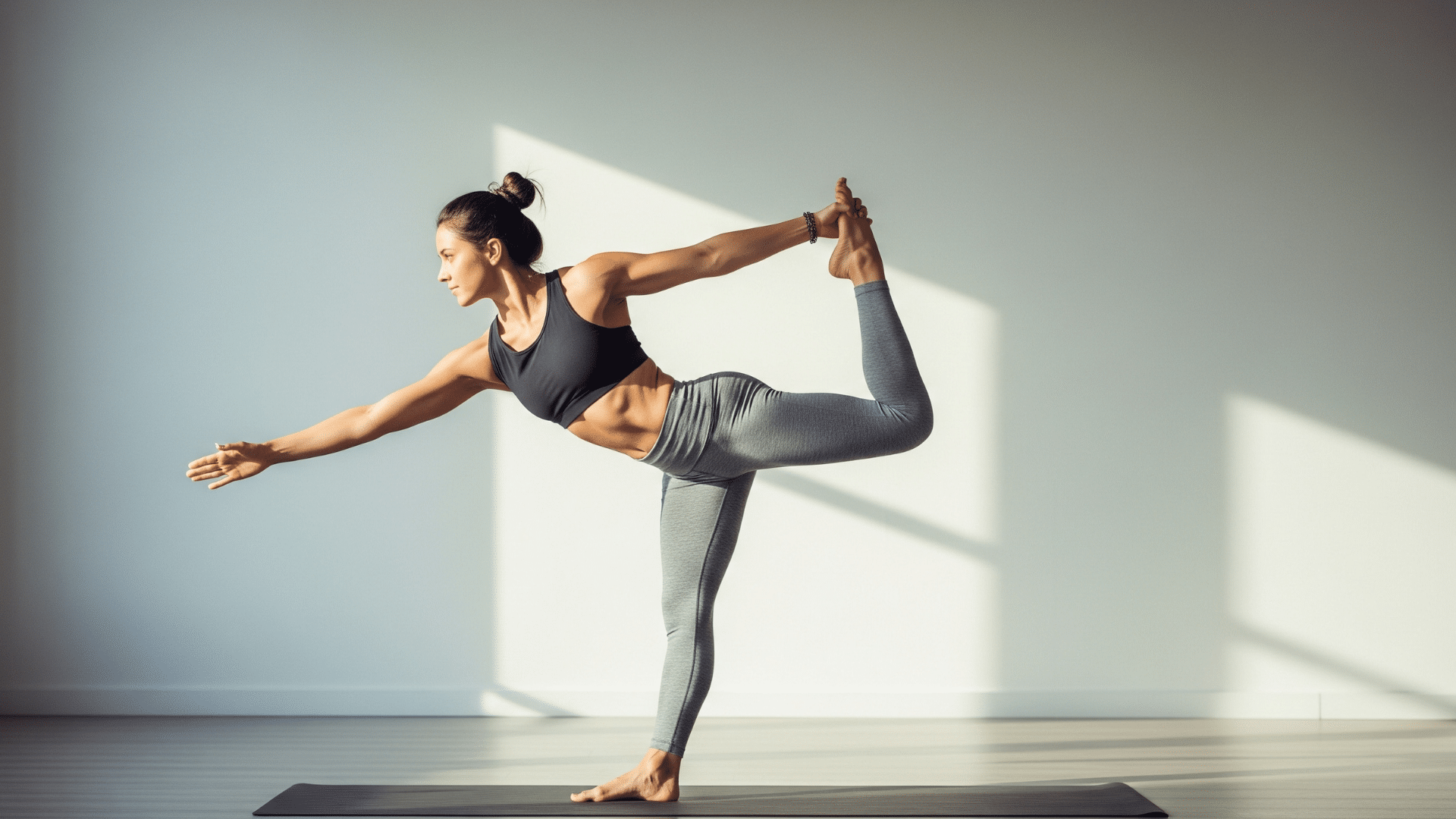

This is a structured and athletic practice that involves a specific sequence of postures performed in a set order. It emphasizes discipline, breath control (ujjayi breathing), and internal focus. Ashtanga is physically intense and appeals to those who like routine.
4. Iyengar Yoga
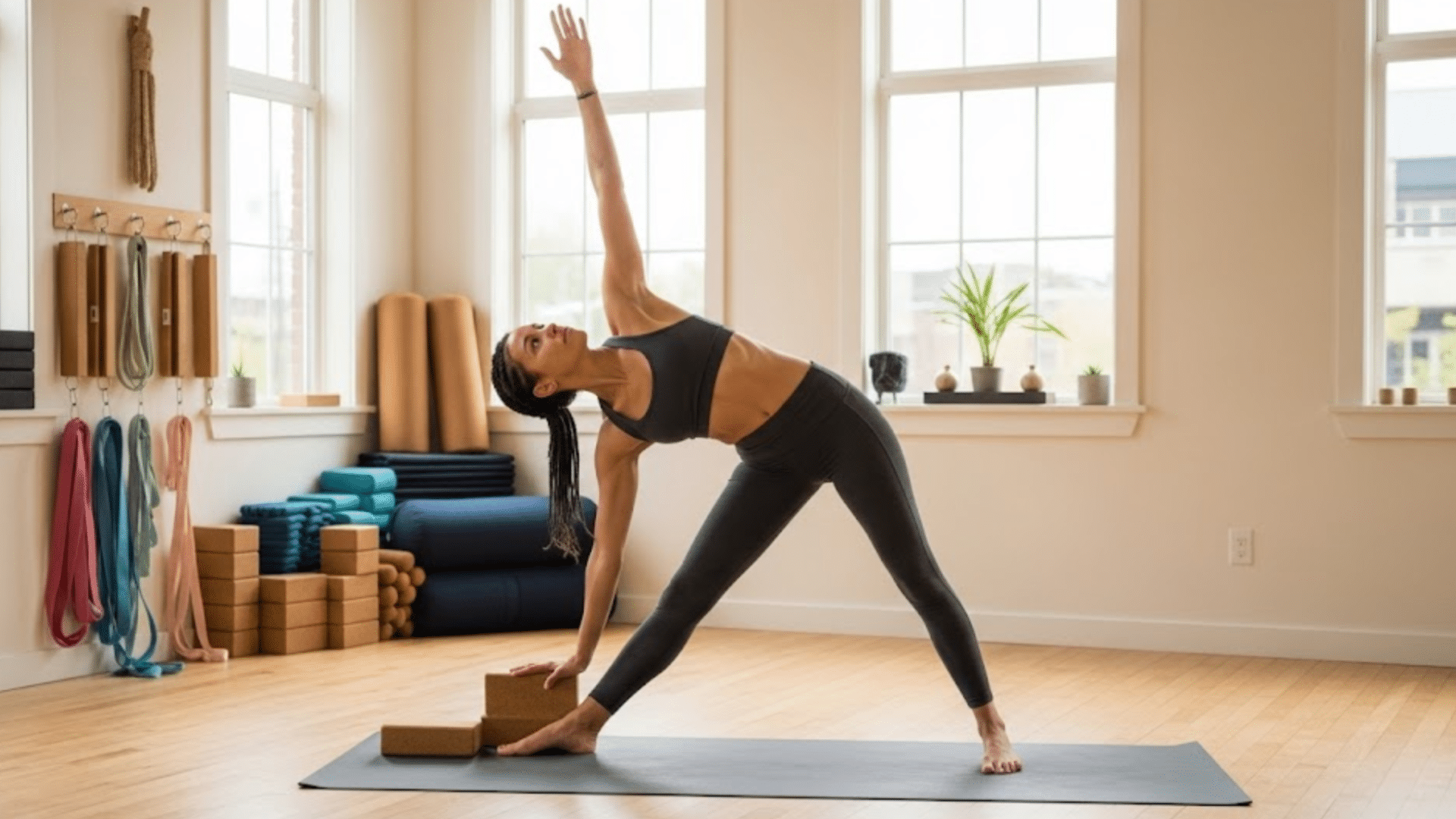

Focused on precision and alignment, Iyengar yoga uses props like blocks, straps, and bolsters to support the body in postures. It’s excellent for injury recovery or those wanting to deepen their understanding of form and technique.
5. Kundalini Yoga
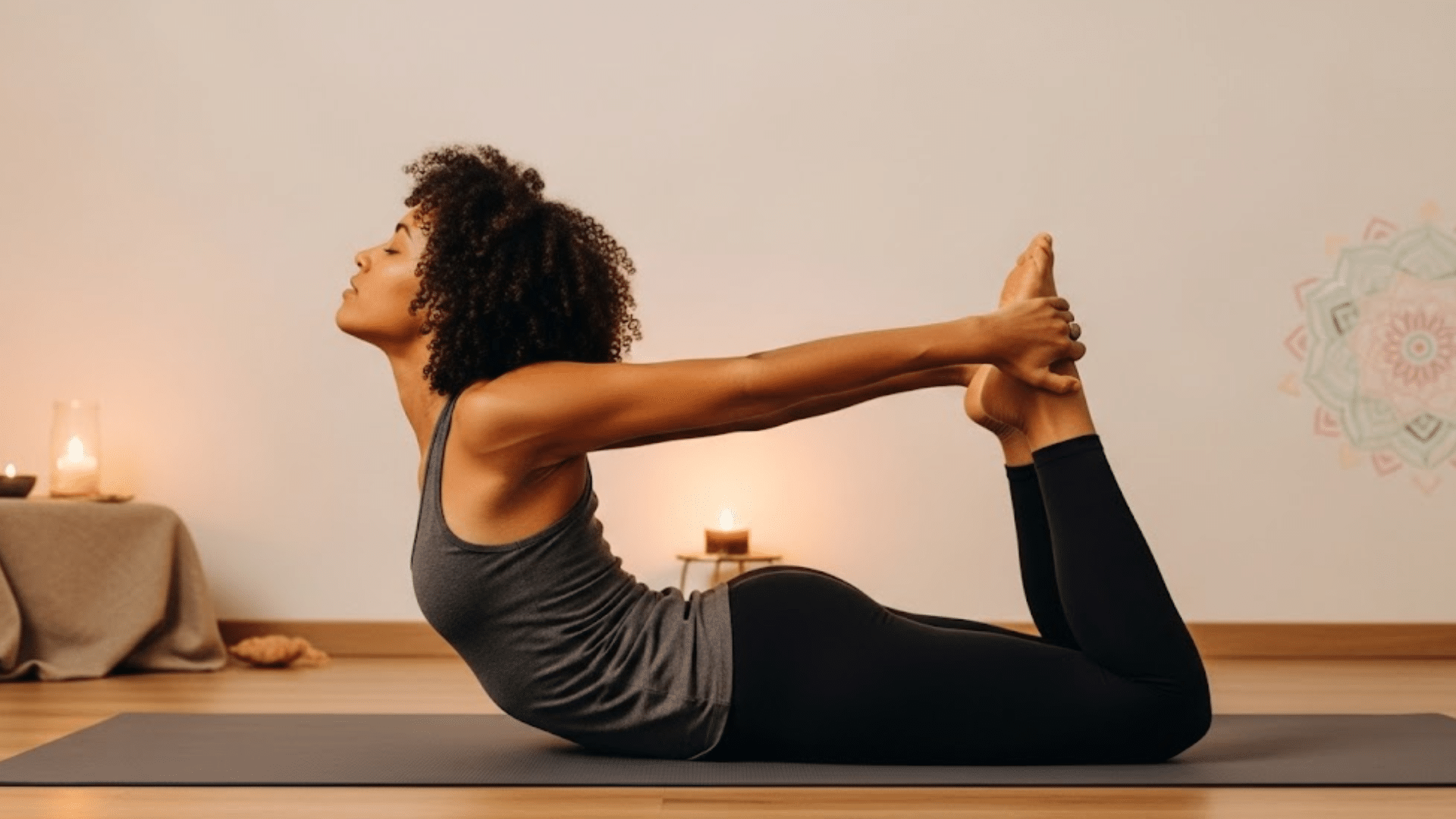

This form combines postures, breathing, hand positions (mudras), and chanting. It focuses on inner energy and awareness. Kundalini yoga helps increase focus and calm the mind while also working the body.
6. Bikram Yoga
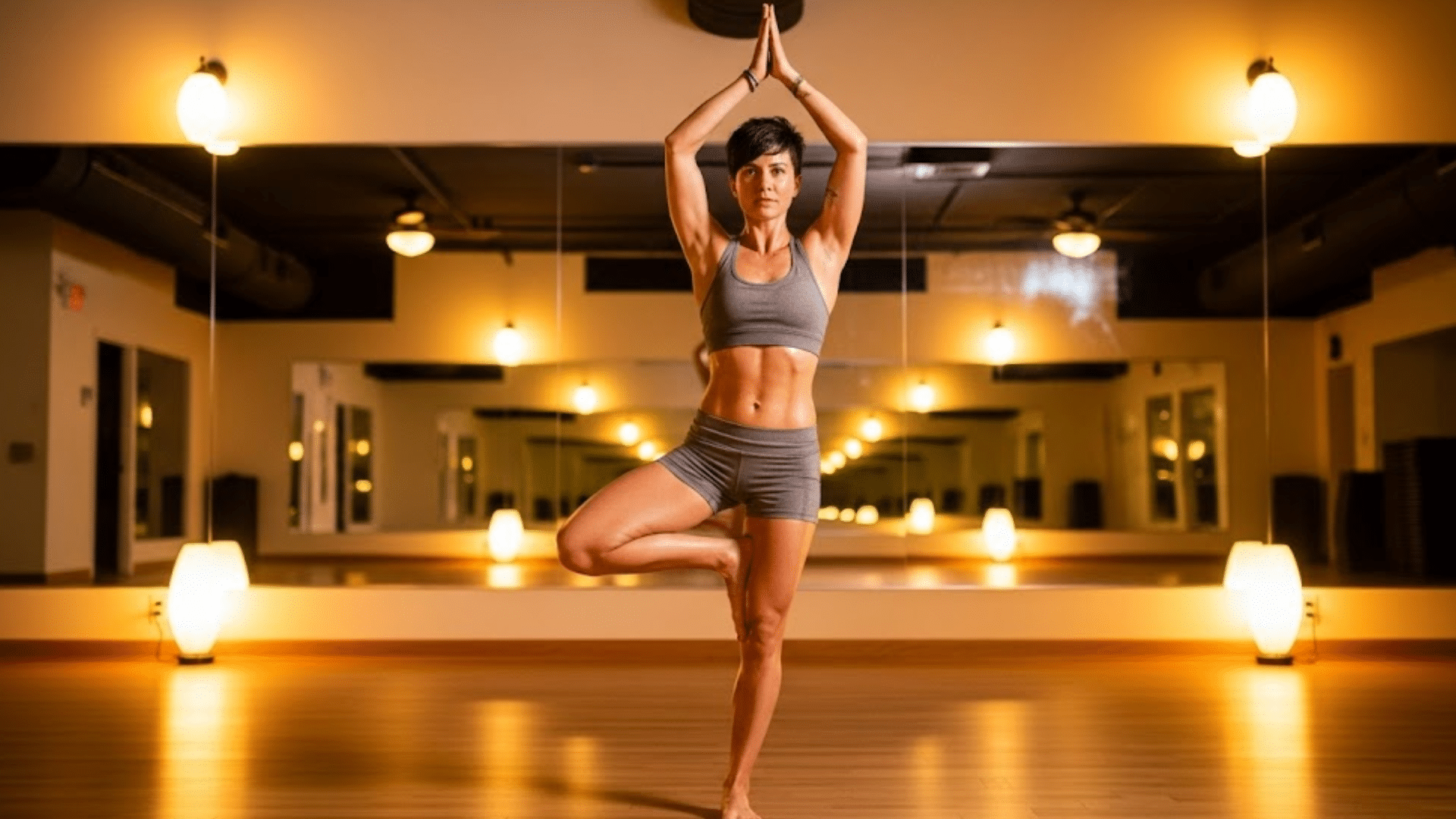

Practiced in a heated room, Bikram yoga follows a fixed sequence of 26 poses and two breathing techniques. The high temperature helps increase flexibility and may support detox through sweating.
7. Yin Yoga
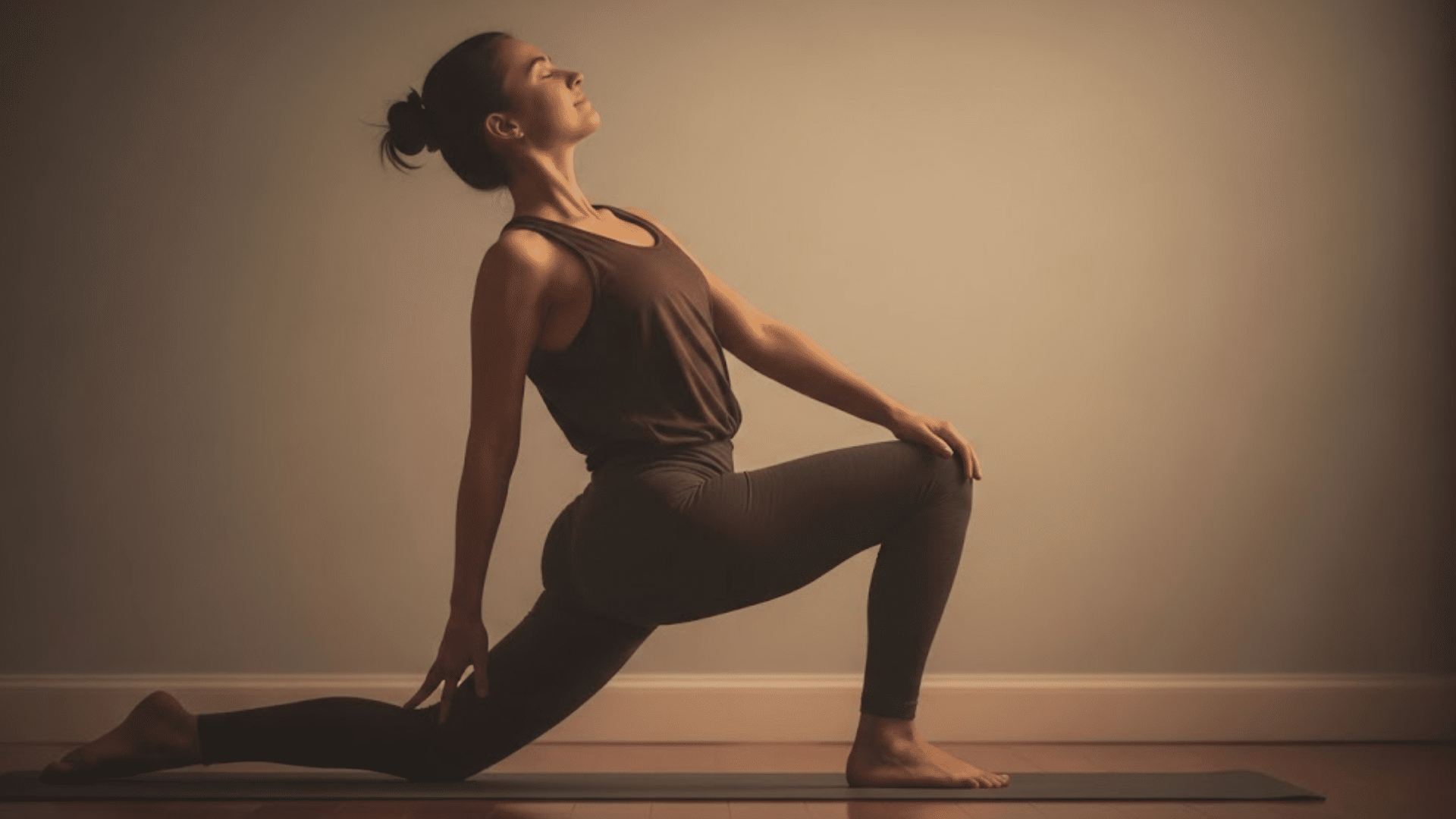

Yin yoga involves holding poses for longer periods, usually between 3 to 5 minutes. It targets deep muscles and connective tissue. It’s slow and helps improve flexibility and quiet the mind.
8. Anusara Yoga
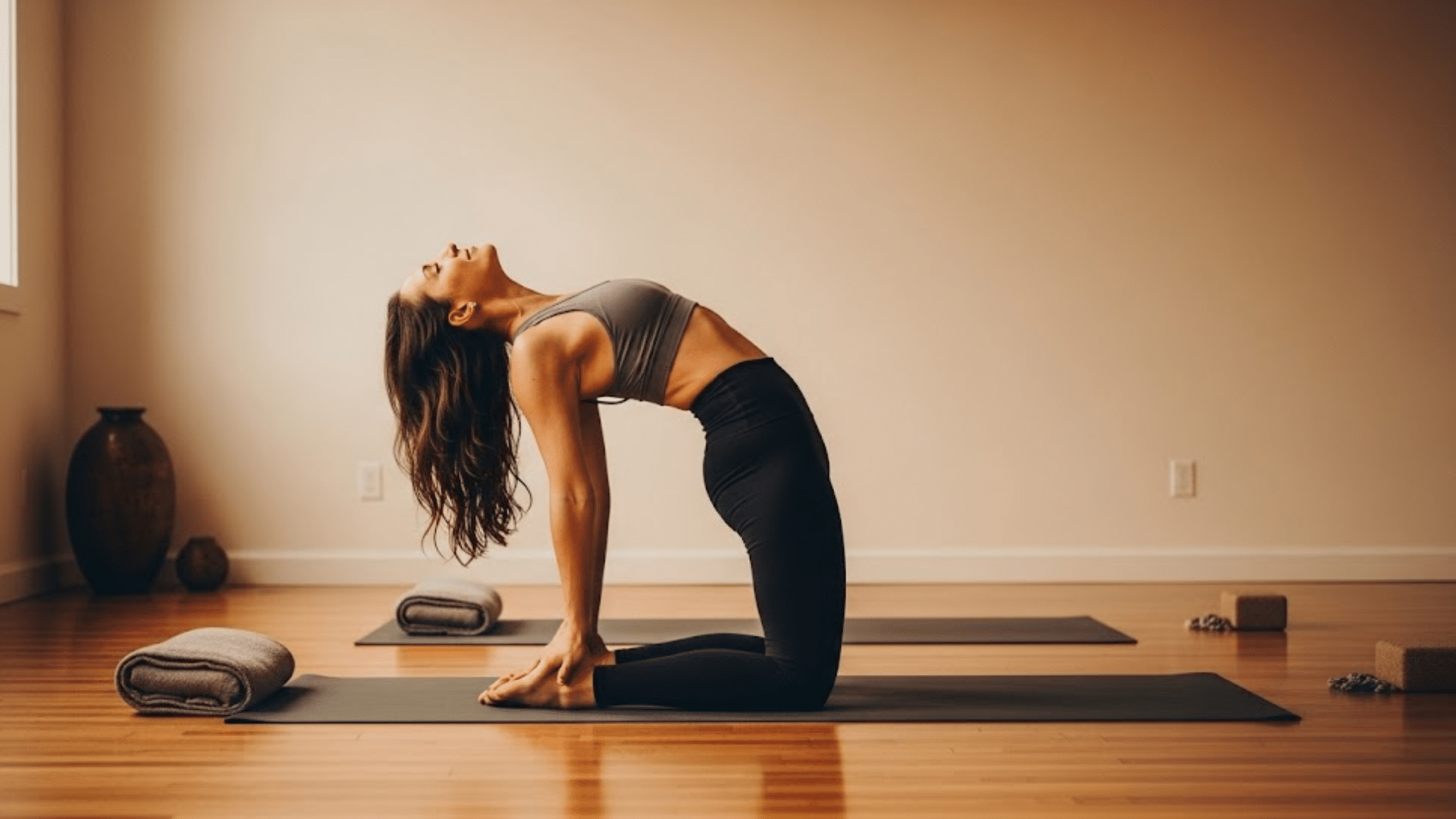

Anusara yoga is built on the idea of opening the heart and following clear physical steps in each pose. It’s a blend of good alignment and a positive outlook, which can help both body and mood.
9. Jivamukti Yoga
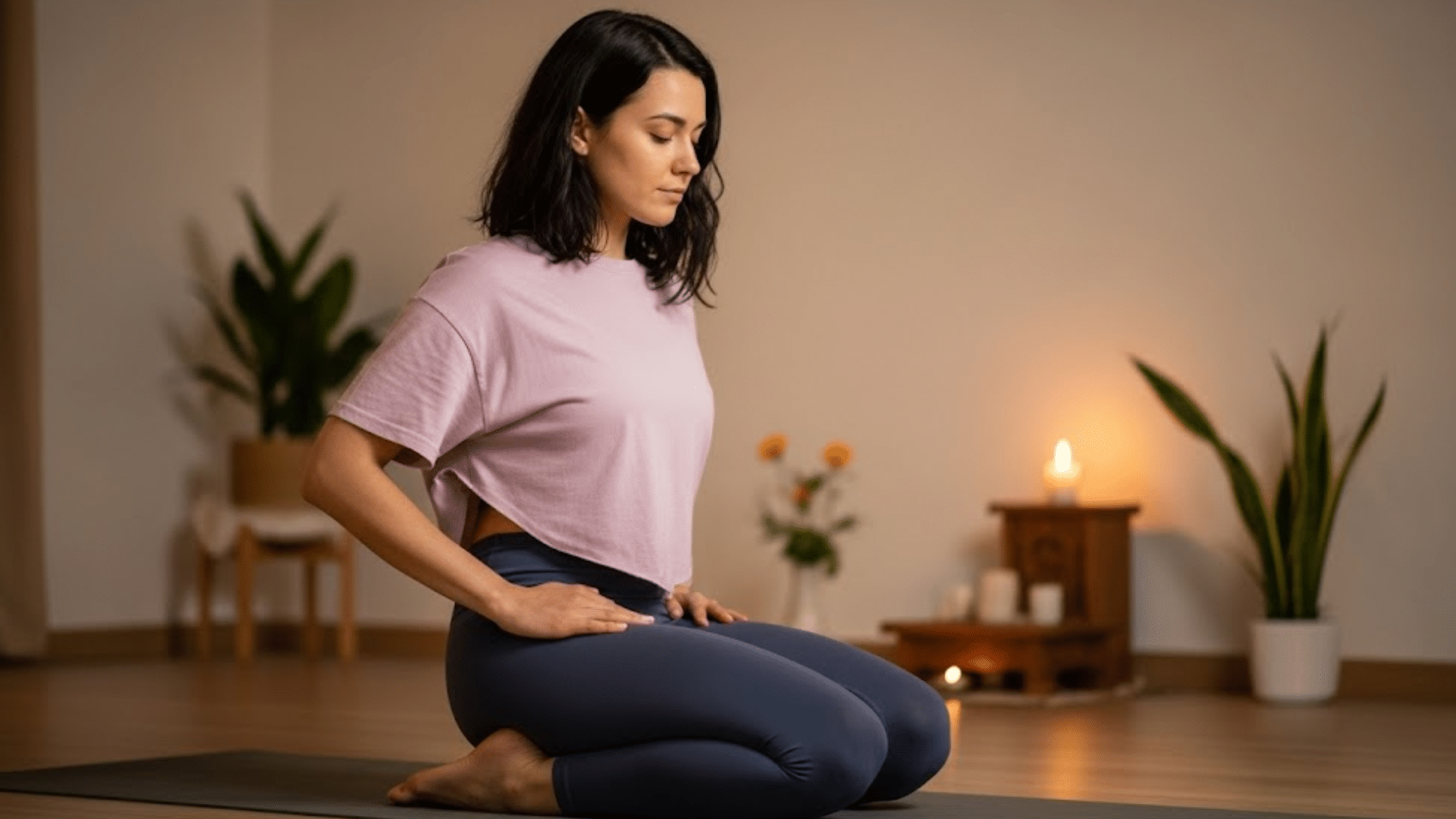

This type mixes physical practice with spiritual ideas. It often includes music, breathing exercises, and short talks. Jivamukti encourages kindness toward all living things and teaches balance between mind and body.
The Physical and Mental Benefits of Yoga
Yoga supports both the body and mind in meaningful ways. Its benefits go far beyond the mat and into everyday life.
Yoga for Physical Health
Yoga supports the body in multiple ways, whether you’re a seasoned athlete or just starting:
- Flexibility: Regular practice increases range of motion and reduces stiffness in muscles and joints.
- Strength: Holding poses helps build muscle strength, particularly in the core, legs, arms, and back.
- Posture: Yoga emphasizes alignment and body awareness, which helps correct poor posture caused by sitting or excessive screen time.
- Cardiovascular Health: Certain forms, such as Vinyasa or Power Yoga, increase the heart rate and improve circulation, thereby supporting heart health and stamina.
These benefits can help prevent injury, improve mobility, and support an active lifestyle at any age.
Yoga and Mental Well-being
The mental health benefits of yoga are just as powerful as the physical ones:
- Stress Reduction: Breathing techniques and meditation help lower cortisol levels, the hormone associated with stress.
- Anxiety Relief: Yoga encourages presence and mindfulness, which helps quiet racing thoughts and nervous energy.
- Emotional Balance: Many people find yoga helps regulate mood and fosters a greater sense of calm, patience, and self-awareness.
Even if it’s a few minutes of deep breathing or a full session, yoga can help you reset mentally and emotionally.
The Core Practices of Yoga
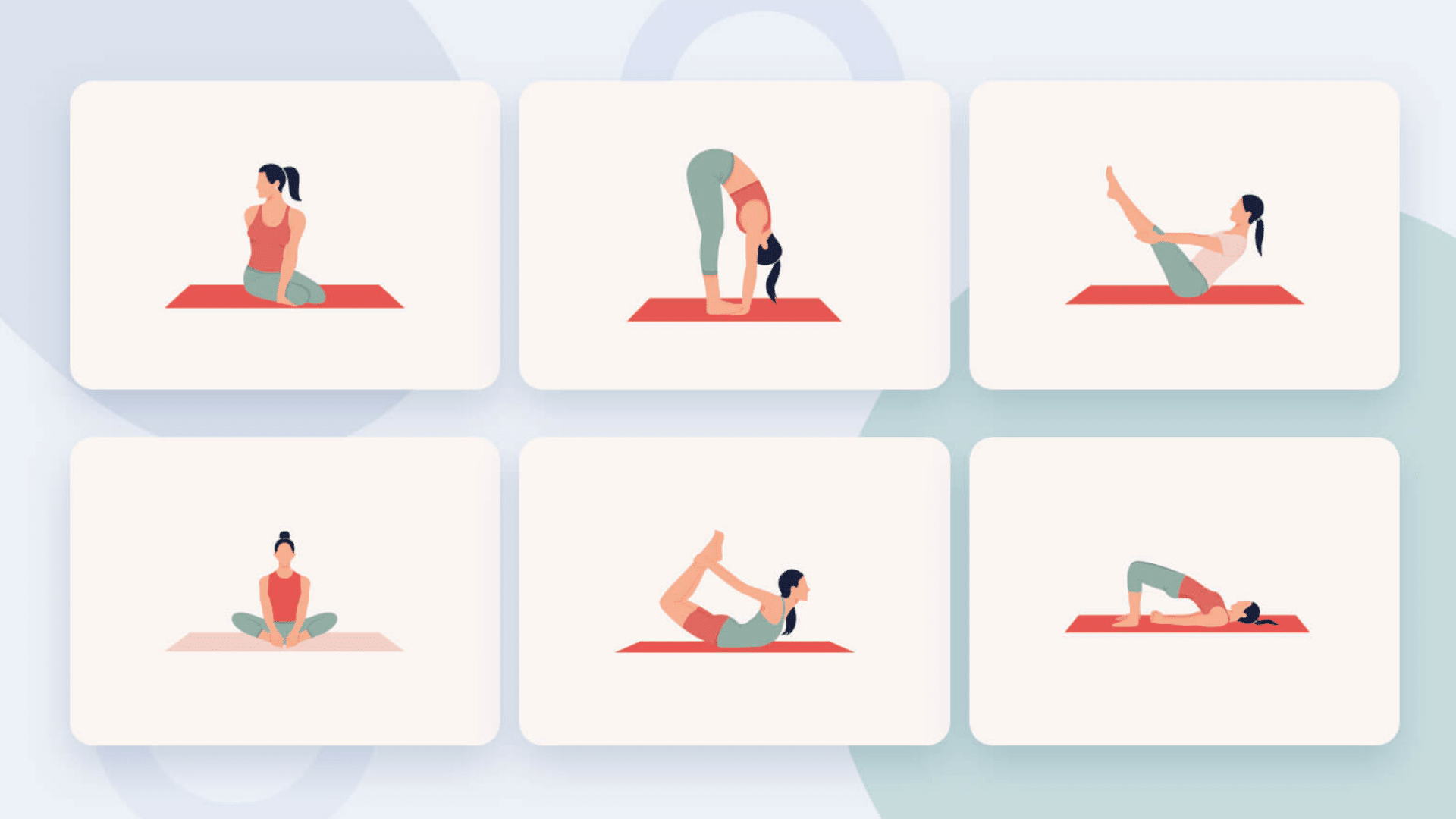

At its core, Yoga involves several key practices that help practitioners achieve balance, unity, and self-awareness. Here are the fundamental elements that make up the core of Yoga:
- Asanas: Asanas, or yoga postures, are the most recognized part of yoga practice that strengthen, stretch, and stabilize the body while preparing it for meditation.
- Pranayama: Pranayama is the practice of controlling the breath to direct prana (life energy) throughout the body, helping calm the nervous system and reduce stress.
- Meditation: Meditation, or Dhyana, focuses the mind and deepens awareness while calming mental noise and bringing insight into the self.
- Yamas and Niyamas: These are yoga’s moral and ethical codes that include non-violence, honesty, discipline, and contentment, guiding a life of mindfulness and compassion.
- Pratyahara: Pratyahara teaches withdrawal from external distractions to focus inward, helping quiet the senses and prepare the mind for deeper practices.
- Dharana: Dharana is the practice of focused concentration on one point, such as a breath or mantra, that sharpens attention and anchors the mind.
- Samadhi: Samadhi is the final limb, a state of spiritual absorption and blissful union where the ego dissolves and the practitioner feels connected with universal consciousness.
Together, these elements form a complete path toward physical wellness, mental clarity, and spiritual freedom. Practicing them consistently can help bring greater balance and peace to daily life.
The Role of Yoga in the Global Wellness Industry
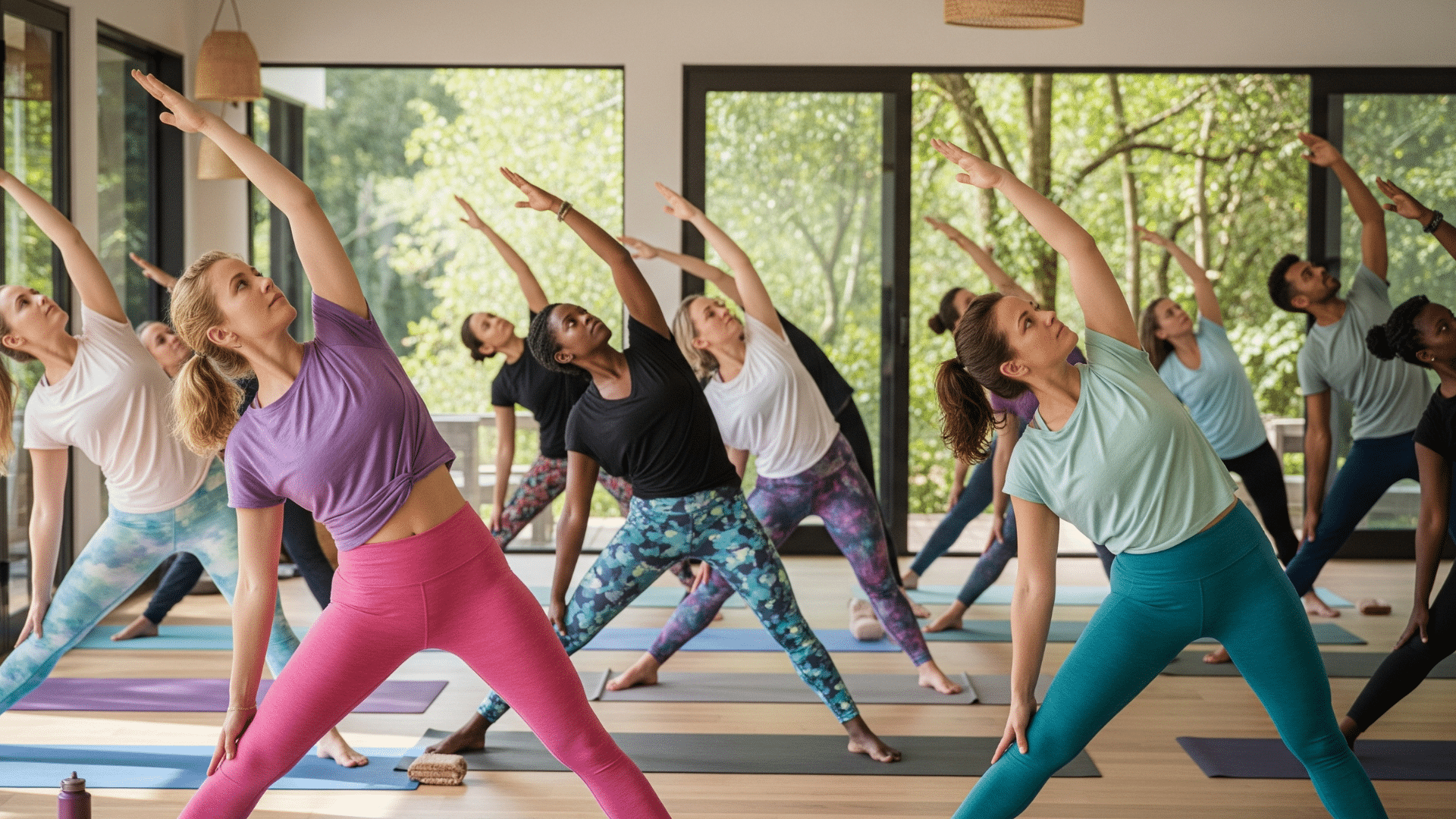

In the 21st Century, Yoga has become a cornerstone of the global wellness industry, reaching far beyond its traditional roots. With a market valued in the billions, Yoga is now a multi-faceted practice that contributes to physical fitness, mental health, and overall well-being.
Yoga studios, fitness centers, online classes, and retreats have made Yoga more accessible than ever. Yoga practices have diversified into various styles such as Vinyasa, Bikram, Iyengar, and Kundalini, each catering to different needs.
As Yoga becomes a global fitness trend, it has also been integrated into corporate wellness programs, rehabilitation centers, and even therapy practices. It is now widely recognized as an effective tool for improving physical health and emotional well-being.
The Impact of Yoga on Different Age Groups
Yoga is a versatile practice that can benefit people of all ages. Whether you are a child, an elderly person, or a pregnant woman, Yoga can be adapted to meet your needs.
- Yoga for Children: Yoga helps children develop strength, balance, and flexibility while promoting mindfulness and emotional regulation.
- Yoga for Seniors: Older adults can benefit from Yoga’s ability to improve flexibility, strength, and balance. It helps reduce the risk of falls, improves joint mobility, and improves mental clarity.
- Yoga for Pregnant Women: Prenatal Yoga offers a safe and effective way to maintain fitness during pregnancy, reduce stress, and prepare the body for childbirth.
- Yoga for Athletes: Many athletes utilize Yoga to improve flexibility, prevent injuries, and improve their performance.
By tailoring Yoga to meet the specific needs of different age groups, it can serve as a lifelong practice that adapts to the changing needs of the body and mind.
Conclusion
From its roots in ancient India to its role in today’s wellness world, Yoga continues to offer balance and clarity for people in all stages of life.
At its core, it’s a practice that helps you feel more grounded, present, and in tune with yourself.
If you’re drawn to it for strength, stress relief, or something deeper, Yoga can grow with you over time. You don’t need to be flexible or spiritual to begin, just open to the practice and willing to explore what it offers.
The beauty of Yoga lies in its adaptability to your needs. What’s your favorite yoga practice or pose that brings you peace? Comment below and share your experience with fellow yoga enthusiasts!




